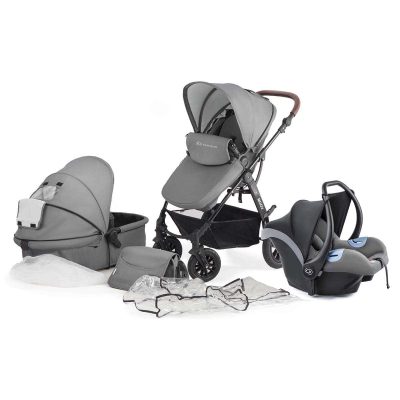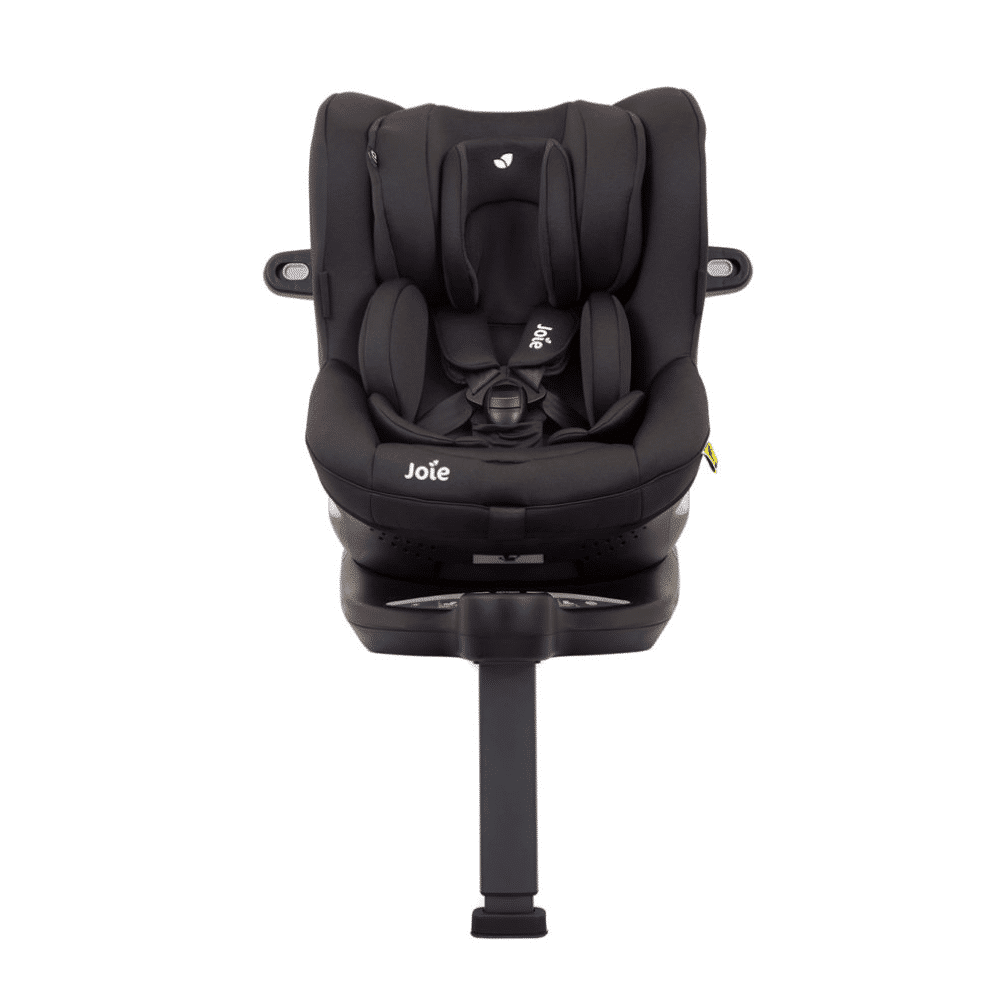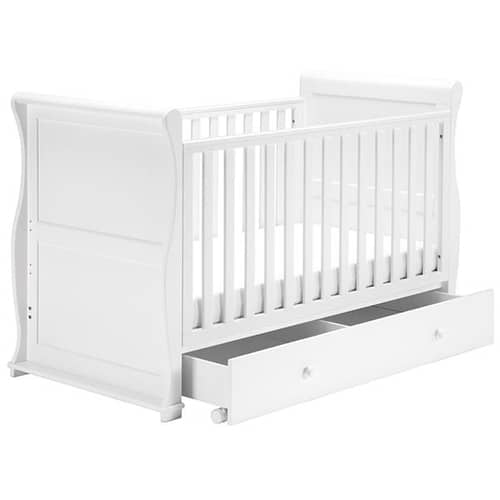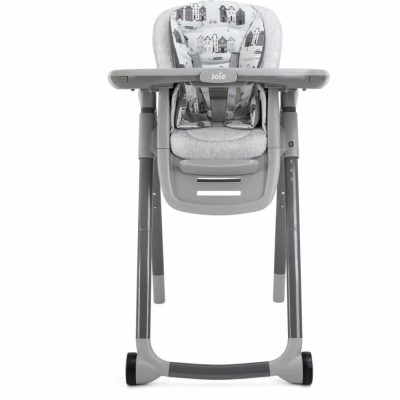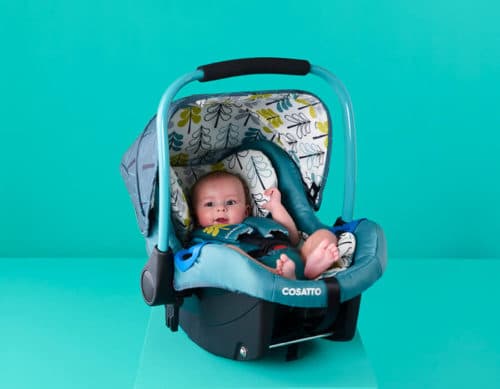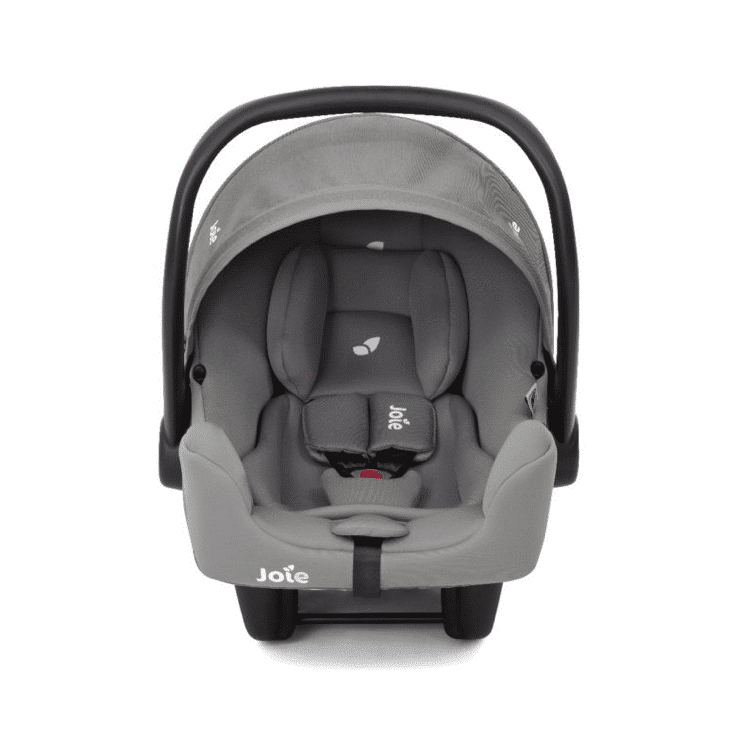What are i-size car seats?
Your little one will need to use a car seat until they’re 12 years old or 135cm tall, whichever comes first. Despite this height regulation, a lot of car seats are still based on weight. i-Size car seats are different, taking your child’s height into account.
They make up the first phase of the new European car seat regulation, R129. This legislation is designed to improve the safety of child car seats, and will eventually take over from the old car seat regulations (known as R44/04).

